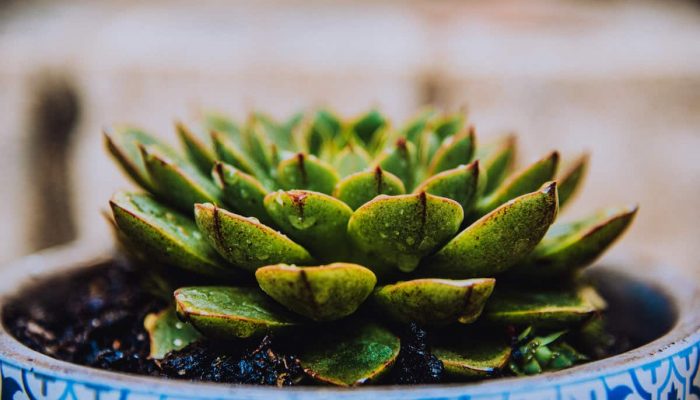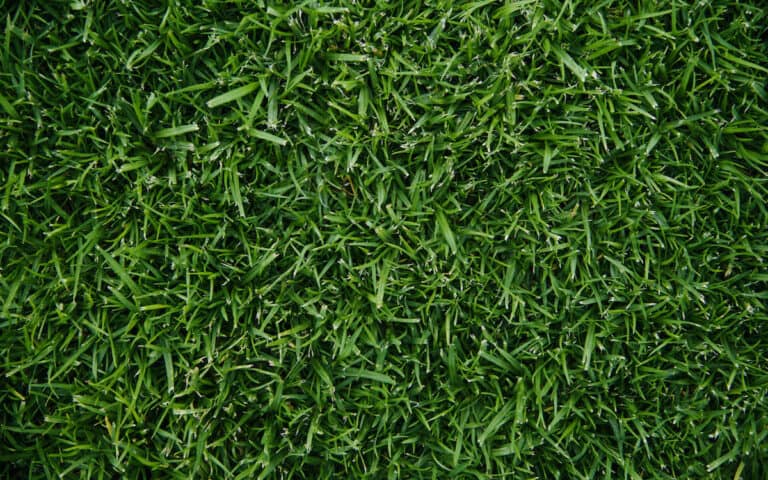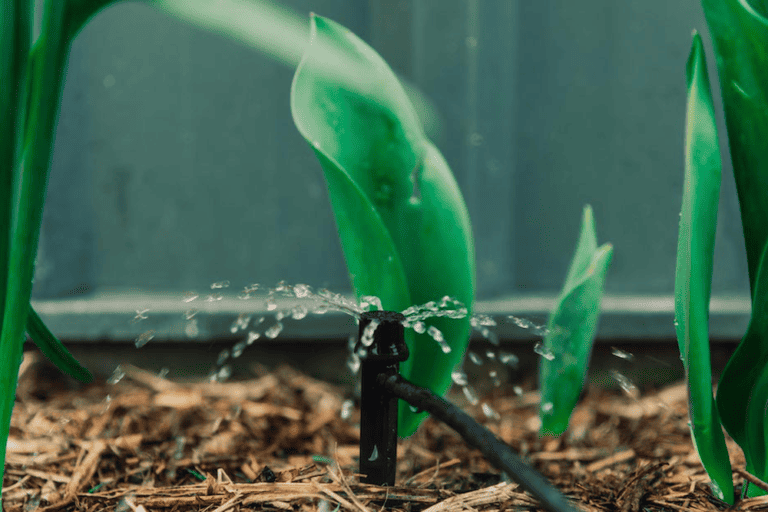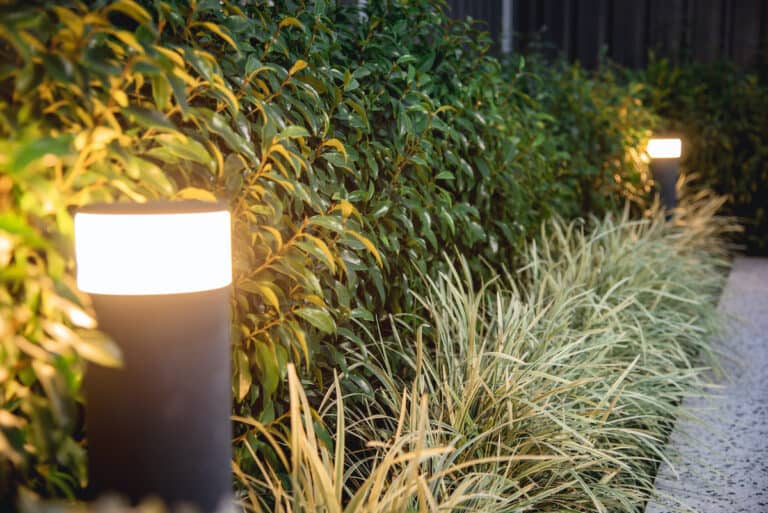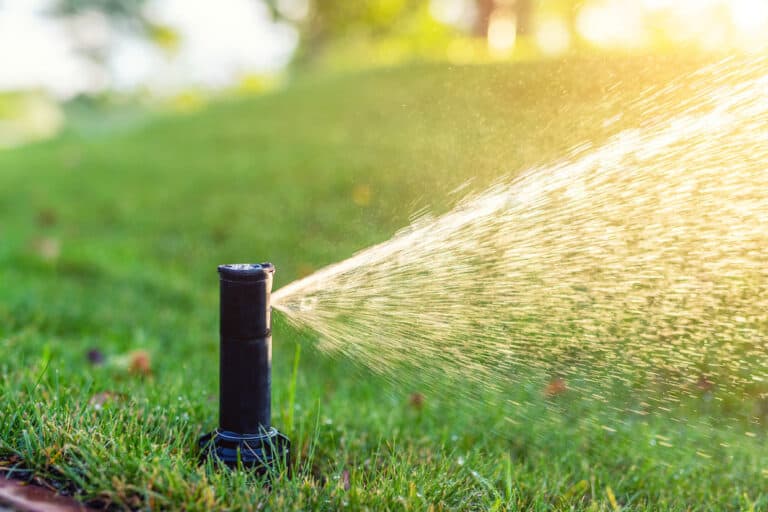Indoor plants are a way for many people to bring the green inside of their homes. Whether they are trying to improve their mood or just to give a different feel to their surroundings, indoor plants have been used as a pretty addition to any household.
Most indoor plants are easy to take care of even for the non-green thumbs out there. Growing plants inside has been a way for some who are lacking the outdoor space to actually beautify and improve their home. Or maybe your climate is way too cold to entertain the thought of having plants growing outside.
Whatever the reasons, this quick guide will show you which plants are best to have in the house, how to take care of them, how to grow your chosen plants and help them thrive and their perks of keeping plants inside.
There are oodles of plants out there that are ready to fill that emotional gap. Just try not to get too excited and get all of them and get overwhelmed! Take one step at a time and learn from mistakes along the way. Keep in mind that indoor plants only last between 2-5 years depending on care and maintenance.
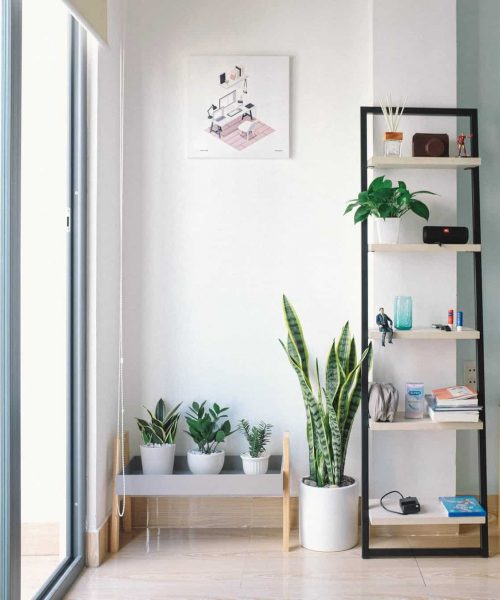
First thing first: Which plants can I or should I grow?
Among the myriads of potential plants out there, I have found that Peace Lily (Spathiphyllum) is a popular and an excellent choice to start off with. Personally for me it is just the best plant to grow indoors. The dark green foliage is just as beautiful as the “cobra head white flowers”.
Tips for Peace Lily:
- Do not overwater: the best way to kill your plant is by overwatering. It is a drought resistant plant requiring medium to low sunlight. Some people actually prefer to wait until the leaves start drooping before adding water to the pot. This doesn’t damage the plant. Another way is :If the top of the soil feels dry then your Peace Lily needs water. But if damp, refrain from watering for a few more days.
- Keep it green: the wide leaves attract dust and a lot of it! So give it a clean or wash down once in a while. Or wipe the dust off the leaves gently away with water. No need for chemicals.
- Fertilising once or twice a year is enough to keep it happy and thriving.
- Transplant if growing too big into a bigger pot. They can easily be repotted or divided.
Other plants to consider are:
- ZZ plants (Zamioculcas zamiifolia- mouthful) – it’s easy! Waxy, dark green leaves and very tolerant of low light, the ZZ plant is the brown thumb’s best friend! Less is more with this plant: low levels of light, low watering needs – months on end!- just forget it and let it live.
- Pothos – add some easy green to your house with pothos! Easy to maintain and undemanding. Low light tolerant and growing mediums either water or soil will do. But be cautious as they can be toxic if ingested by animals or kids. It won’t kill them but rash, vomiting and irritation.
- Sansevierias – also known as Snake Plant with strappy upright leaves that grow in clumps and look good even if not watered for weeks. Drought tolerant, minimal sunlight and easy to care for makes this a perfect indoor plant contender. Best of all, it has so many varieties to choose from: the Golden Hahnii with golden/yellow borders, the Twist with twisted leaves…
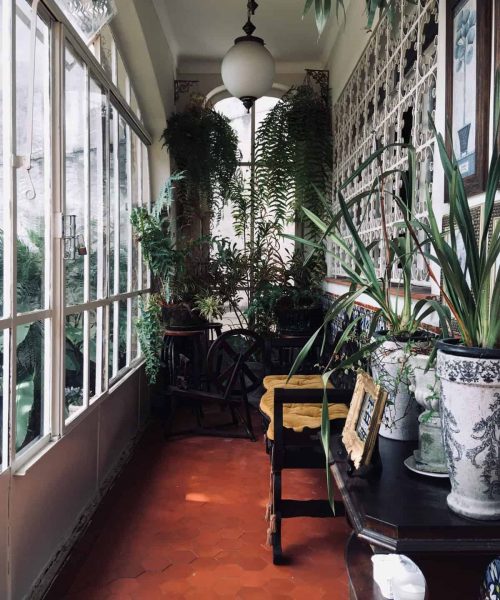
Characteristics of good Indoor plants?
Of course, we want them to last as long as they can. Indoor plants need to have certain characteristics that make them great for the inside of the house.
- Slow growing plants. Imagine having to change pots every few months!
- Less likely to get attacked by pests.
- Tolerant of low levels of sunlight.
- Tolerate humidity: bathroom or toilet areas.
- Requires low watering : at a rate of every few weeks or even months or when soil feels dry to the touch.
Benefits of indoor plants?
They have many advantages that are beneficial for the carers: both physically and mentally
- Purify the air quality: some plants like the ZZ and Peace Lily help with purifying the air. They remove toxins from the air and make the air fresher. This may reduce the frequency of allergies and other illnesses caused by air pollutants.
- They improve mental health. They play a role in helping people feel good and may help reduce stress levels at home or in the office.
- They improve the feel of the house making it a happier place to live..
- They reduce noise levels if a few pots are put on the window sill.
Bugs issues?
Being indoors has the advantage of reducing if not eliminating pest incidence. But sometimes, bugs or pests can attack your plants. So what do you do then?
- Get to your local garden store and get an insecticidal soap that will not harm the plants but will effectively get rid of the infestation. Apply on the top and bottom of leaves and stems and reapply a few days after as the eggs may have hatched. Keep an eye on the plants and apply as needed.
- Use a moist paper towel and wipe the bugs off the plants.
- But if the infestation is extremely severe and cannot be remedied with the above steps, then the best thing is to get rid of it before the bugs move to other plants.
Conclusively, it can be said that having indoor plants has lots of benefits. Taking care of them is both relaxing and de-stressing. In our modern day and busy lives, everyone needs a little bit of nature back in their life. Why not start with a new hobby that will potentially change your life? It is addictive and soon you will start experimenting with more plants. Relax and carry on!

